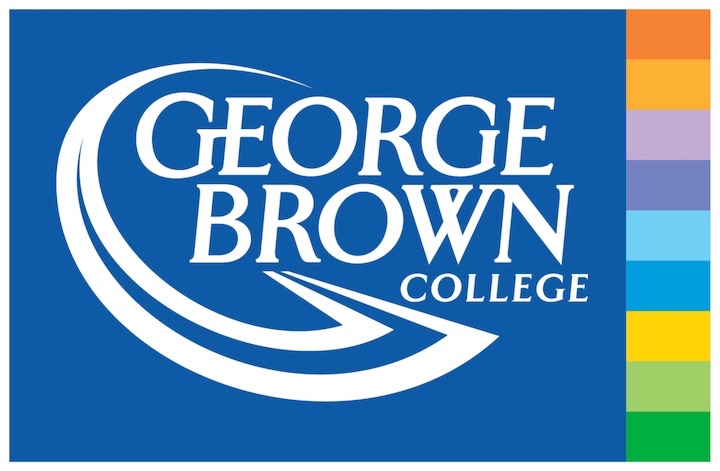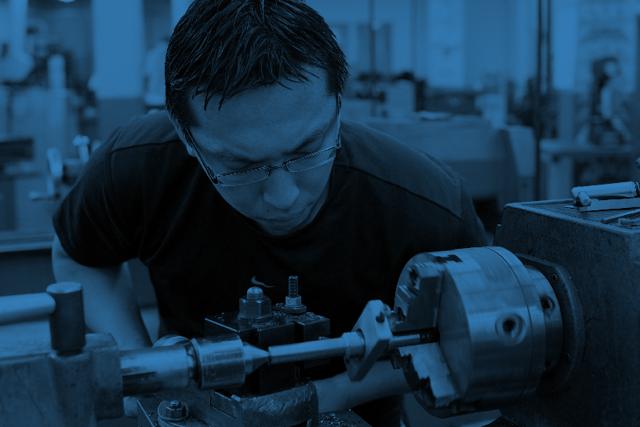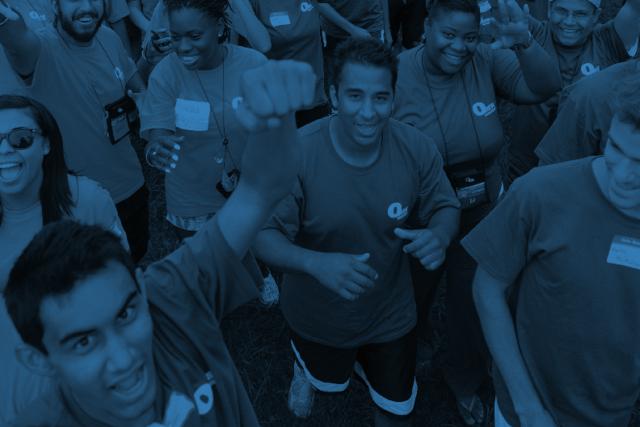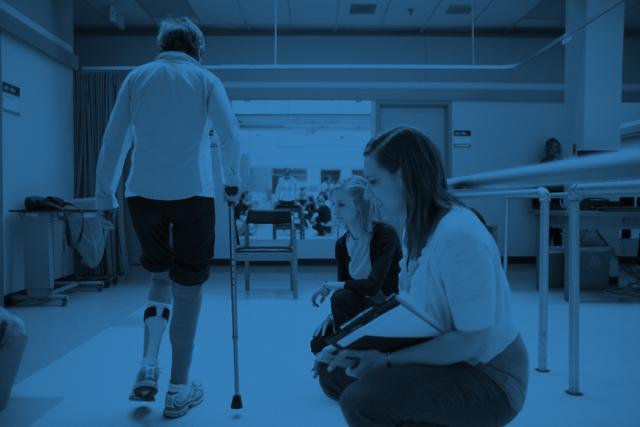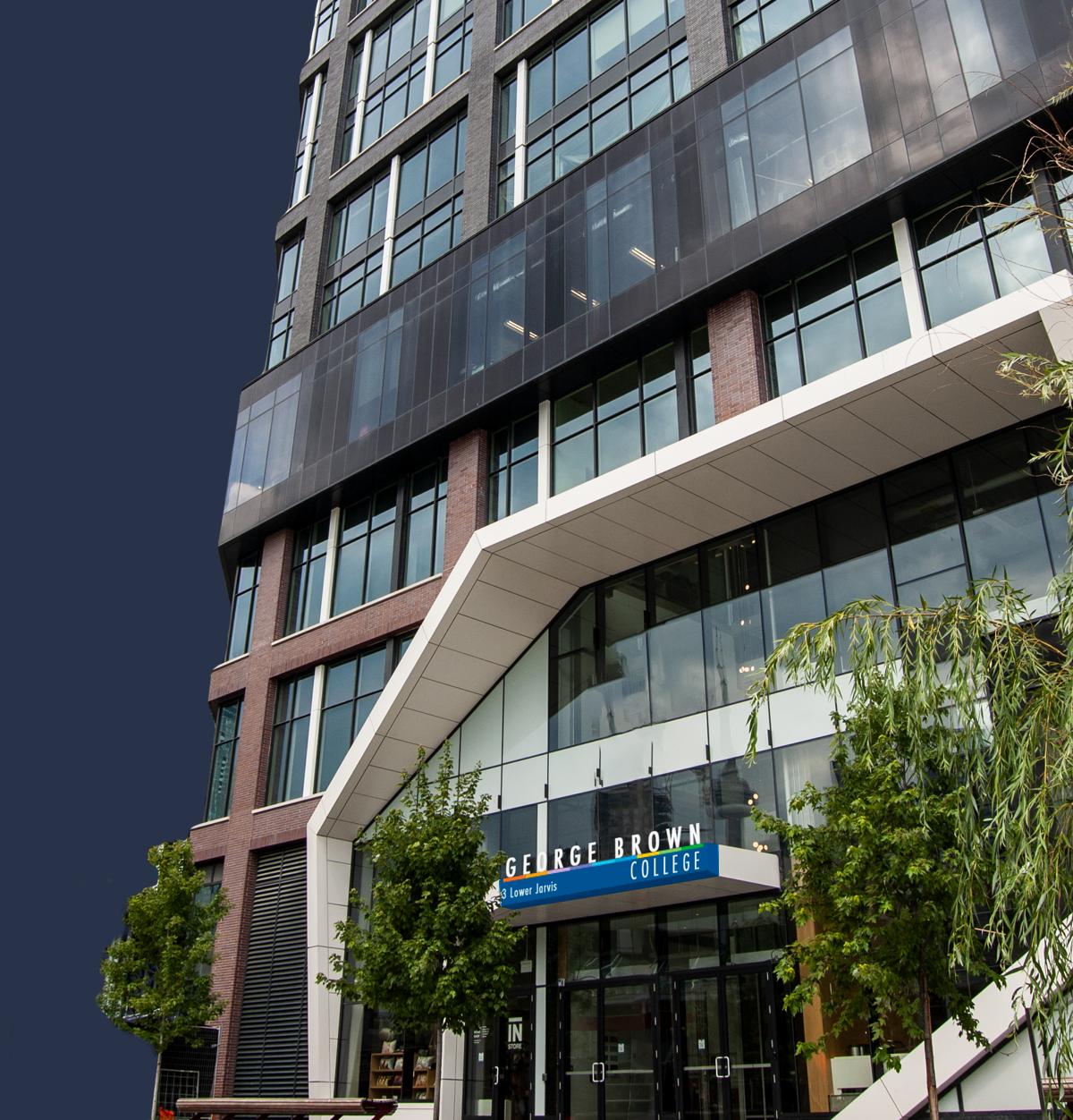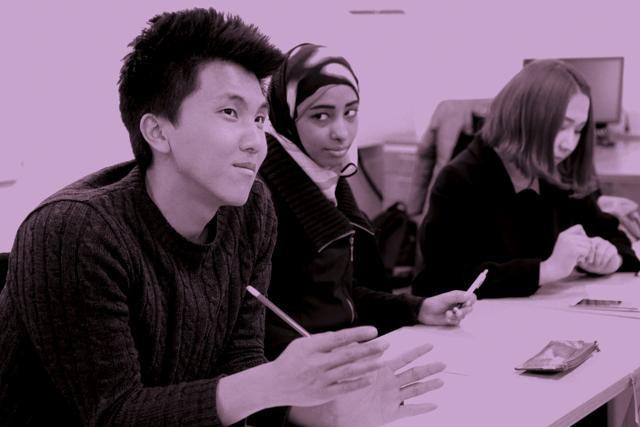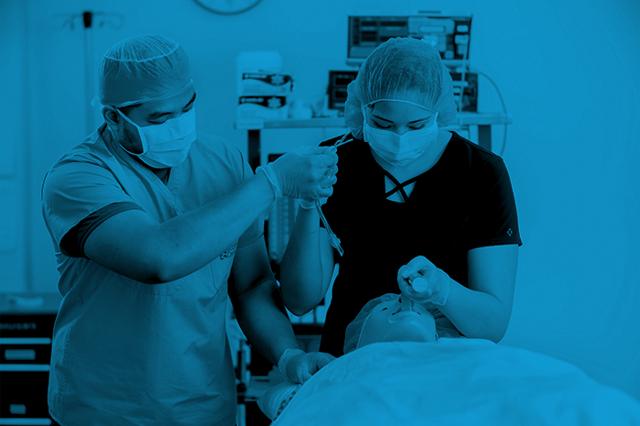George Brown College
Teaching Tomorrow's
Skills Today
Impact Report 2018–2019

As technological advances transform Ontario’s labour market, George Brown College is preparing the innovative, adaptable graduates our province needs to fill emerging jobs in new sectors. Blending theory with experiential learning, applied research and entrepreneurship opportunities, our programs deliver the skills industry needs most — both now and into the future — and prepare learners to thrive in a world of rapid change.
Our three campuses anchor neighbourhoods throughout Toronto, supporting the growth of our city and the success of its diverse communities. George Brown is integral to the social and economic success of Ontario.






